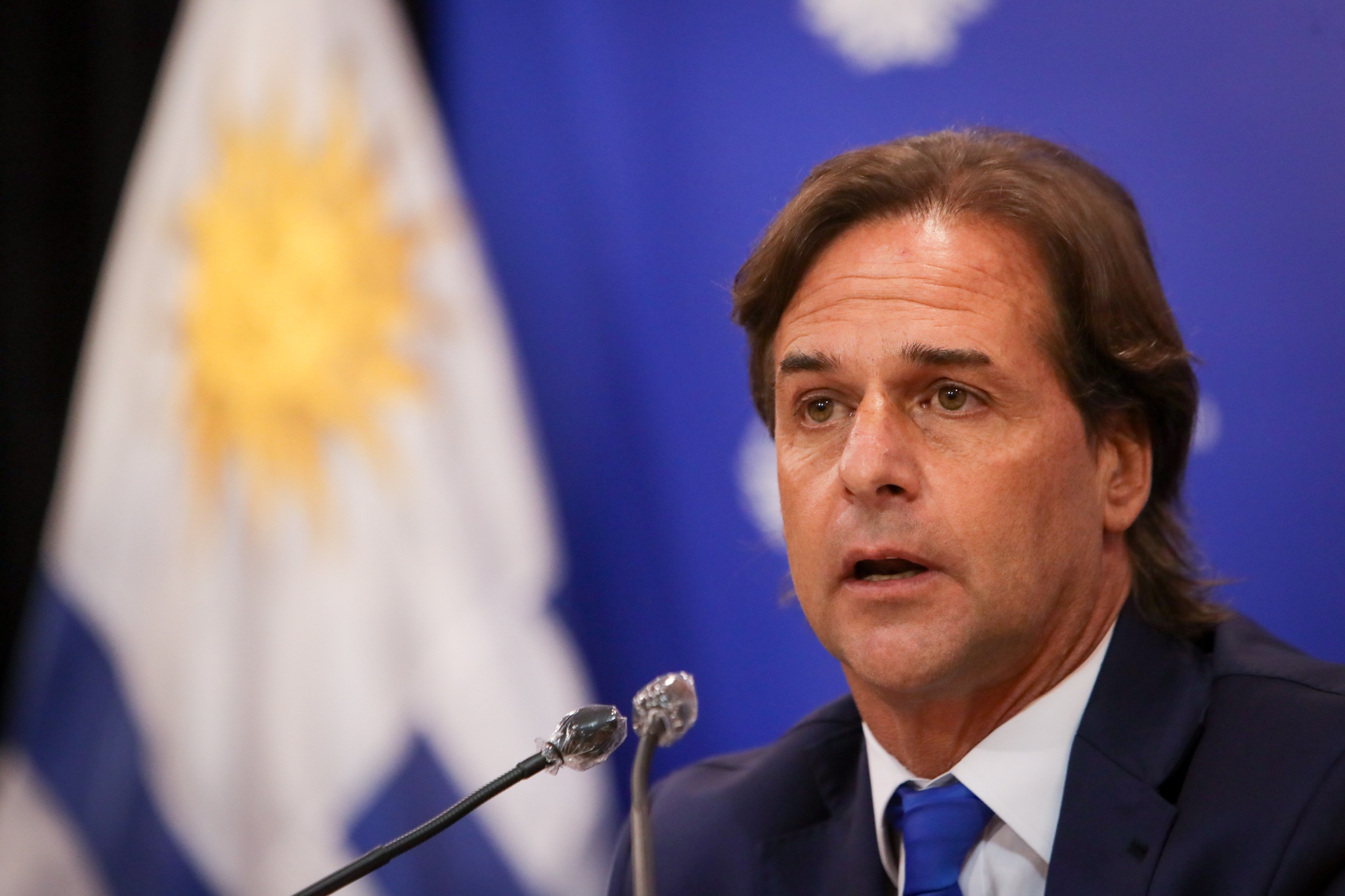The Government of Luis Lacalle Pou reconfirmed its commitment to fiscal discipline in Uruguay. The primary result of the central government turned positive since May 2022 and for the first time since September 2019. A primary surplus equivalent to 0.16% of GDP was reached in the accumulated annual figure of last June.
In this way, not only was control over public finances recovered after the impact caused by the pandemic, but the deficit trend inherited from the last Frente Amplio administration, which had left a primary fiscal red of 1.66%, was also reversed. of the product in February 2020.
Considering the payment of services for the total public debt of Uruguay, the country’s financial deficit represented 1.94% of GDP for the annual accumulated in June. This is the most balanced result since May 2019.

So far during the Lacalle Pou administration, the total fiscal deficit has been reduced by 1.2 percentage points, and having eliminated the primary imbalance, the country has obtained new opportunities to stabilize the stock of public debt in relation to GDP, and constantly refinance it facing the interest payment thereof.
The main explanatory factor for the consolidation of fiscal discipline was the adjustment of public spending. The total primary disbursements of the central government (without debt interest) represented 28% of GDP in June 2022.
There has been an adjustment of 1.19 percentage points since the National Party government took office in March 2020, and a reduction in primary spending equivalent to 3.5 points of GDP since March 2021, during the peak of spending extraordinary due to the pandemic.
The primary expenses of the State are those that can effectively be controlled by current operations and the annual Budget, unlike the interest bill that can become unstable due to factors exogenous to the government administration. The participation of these items in GDP is the lowest recorded since December 2017.
Likewise, total public spending amounted to 30.3% of GDP at the end of June and registered a retraction of 1.4 percentage points since February 2020. The consolidated size of the public sector in Uruguay is the lowest since November 2020. 2017, and it was reduced by 3.78 points of the product since March of last year.
With information from La Derecha Diario

